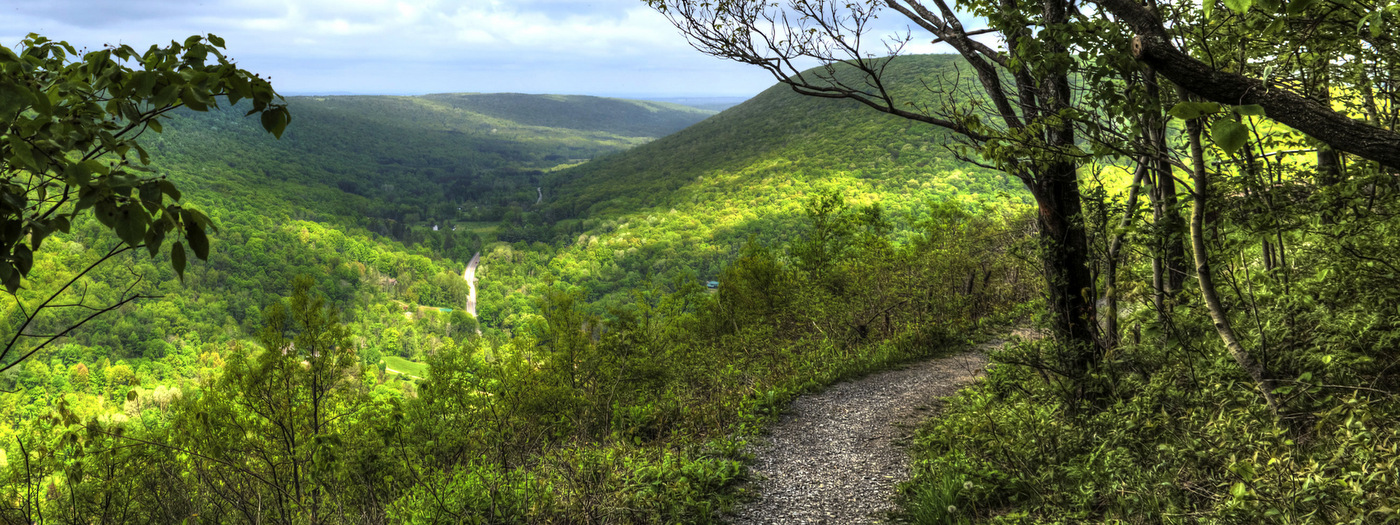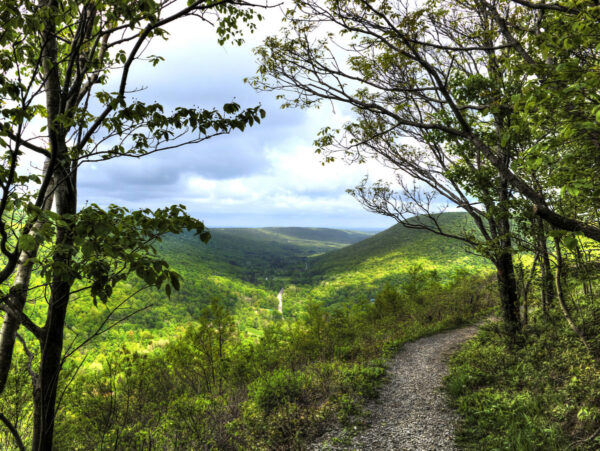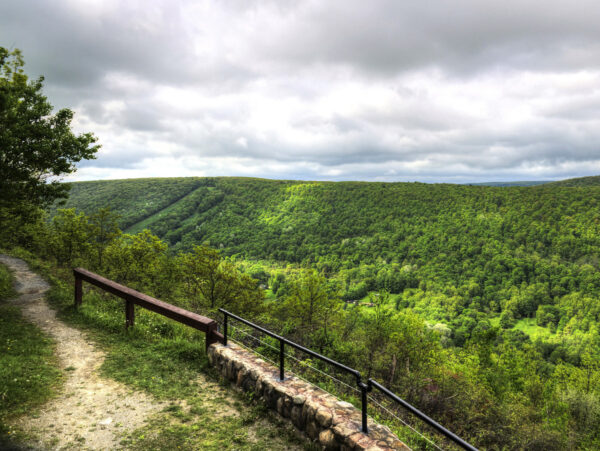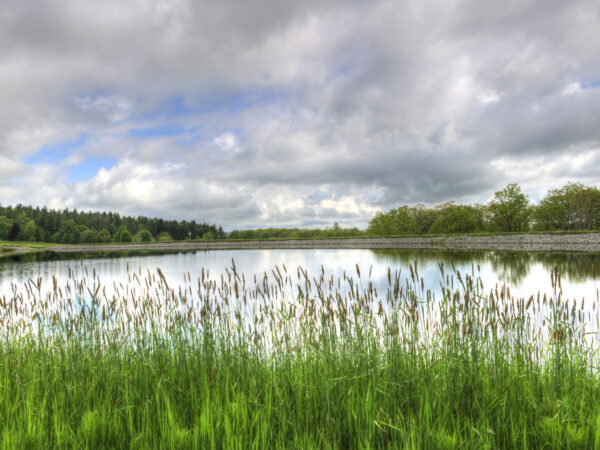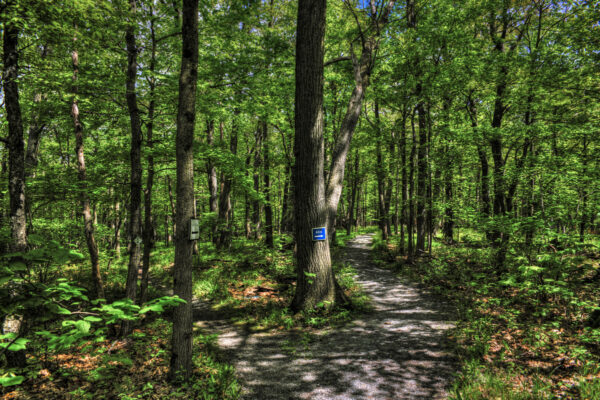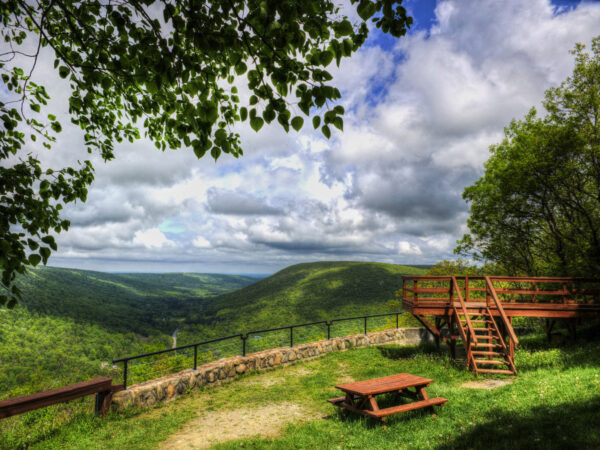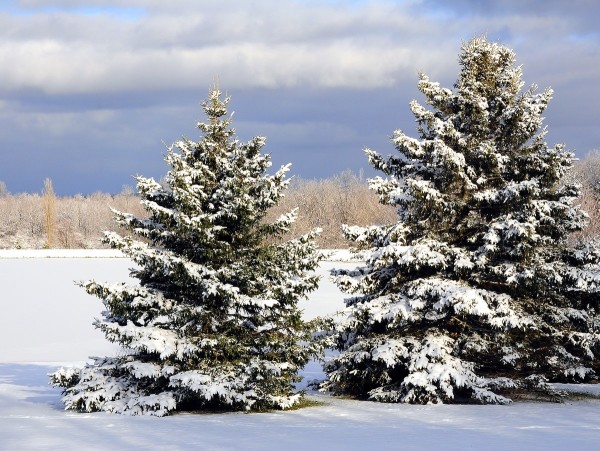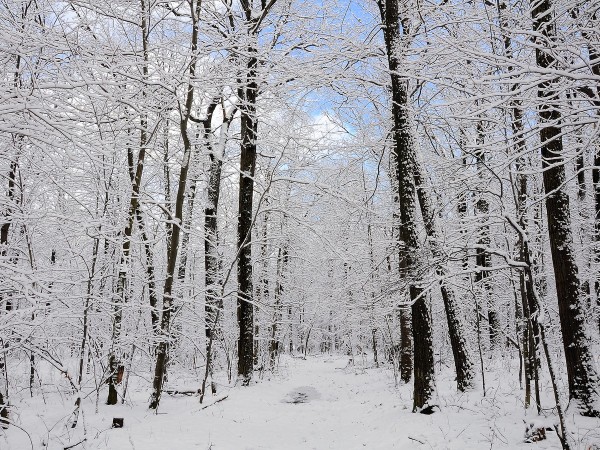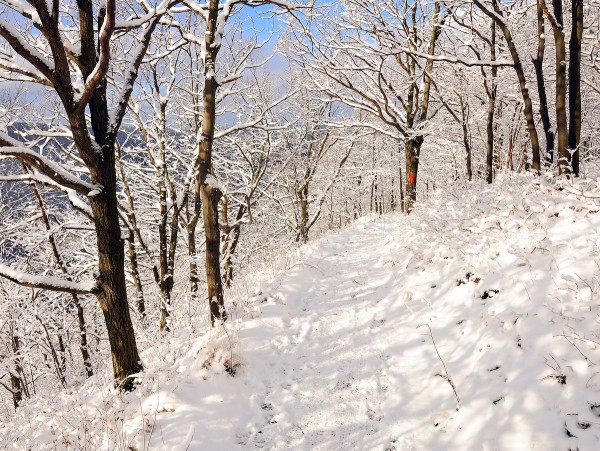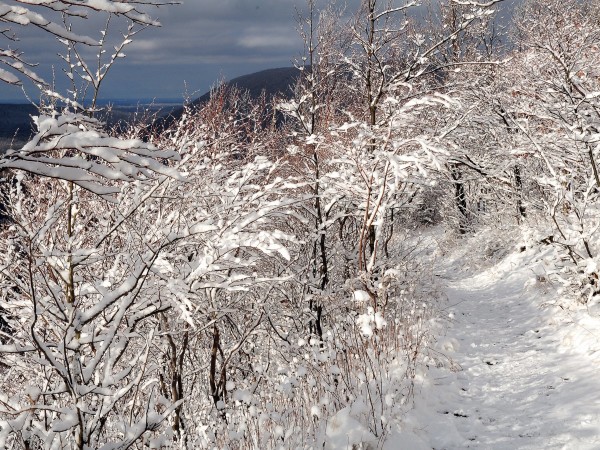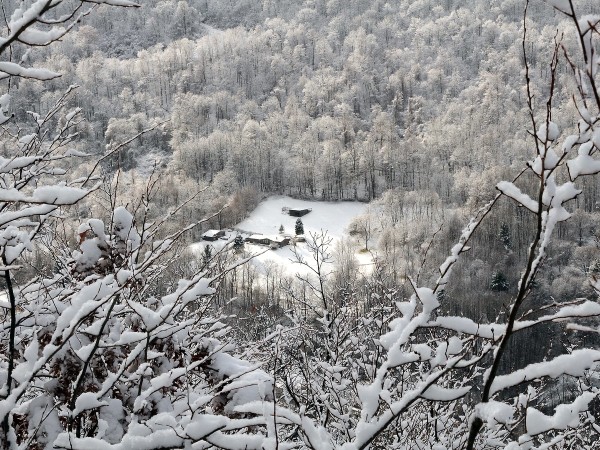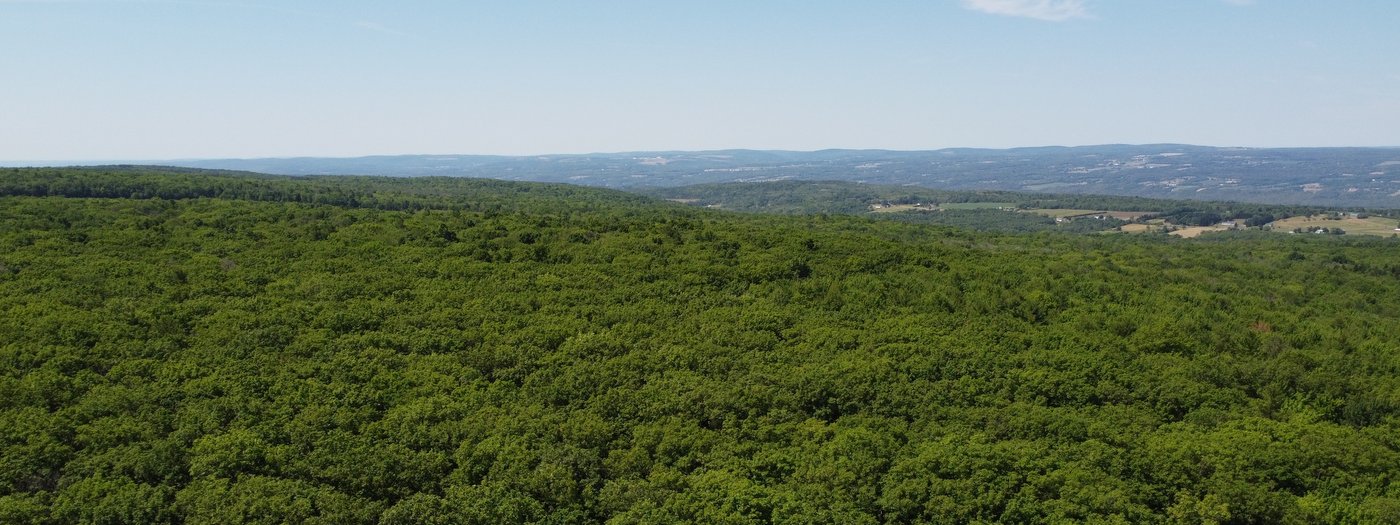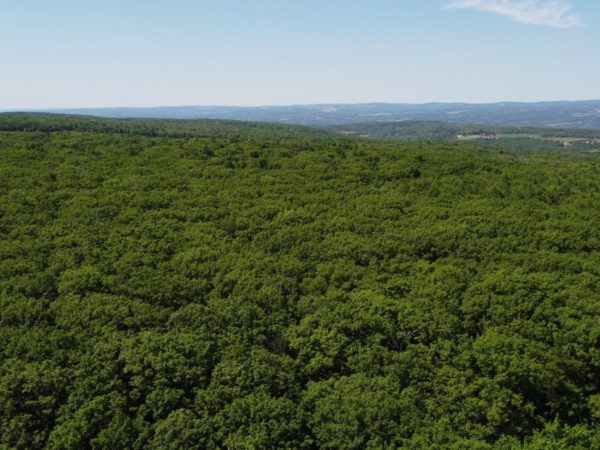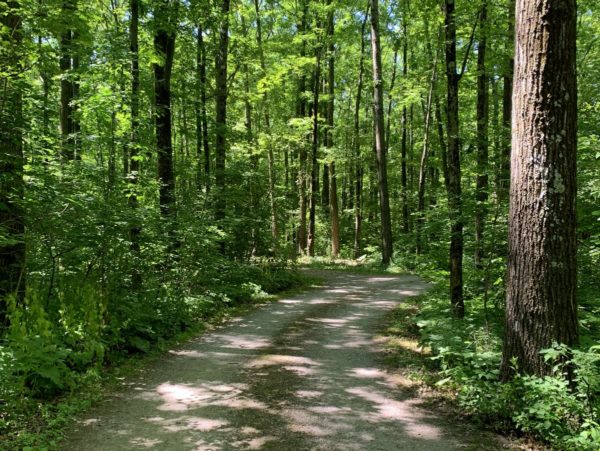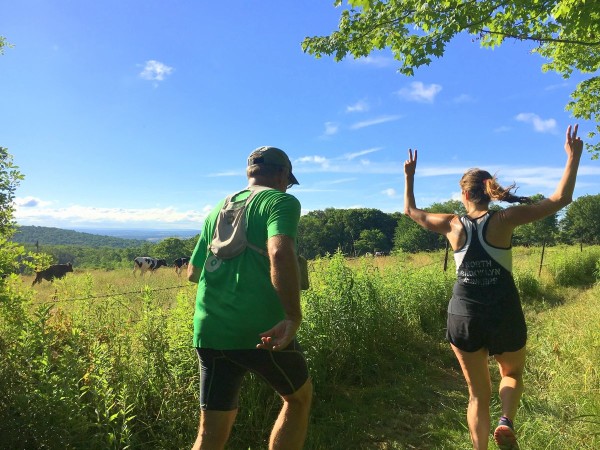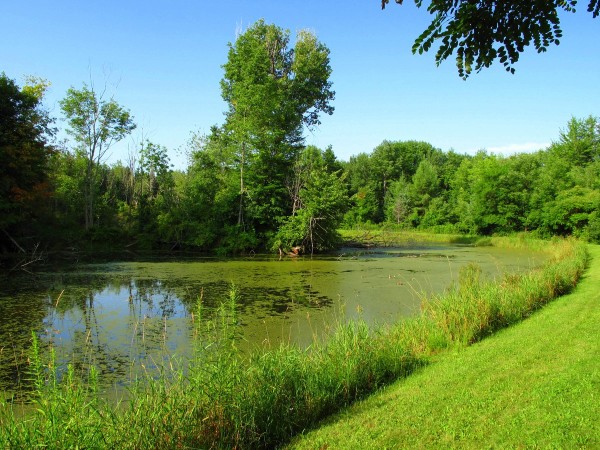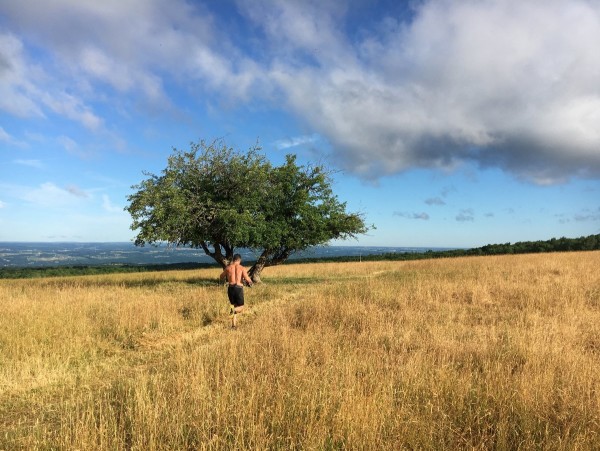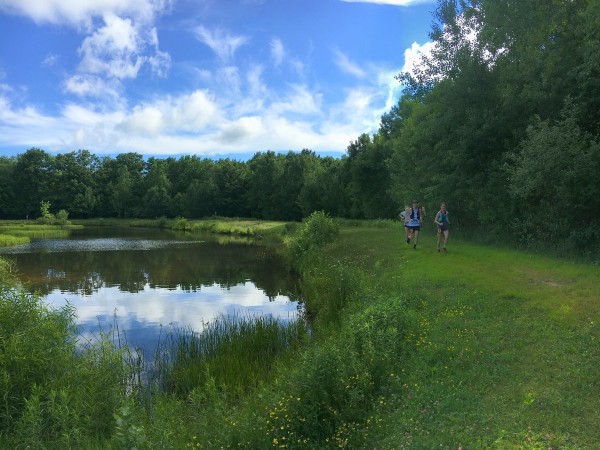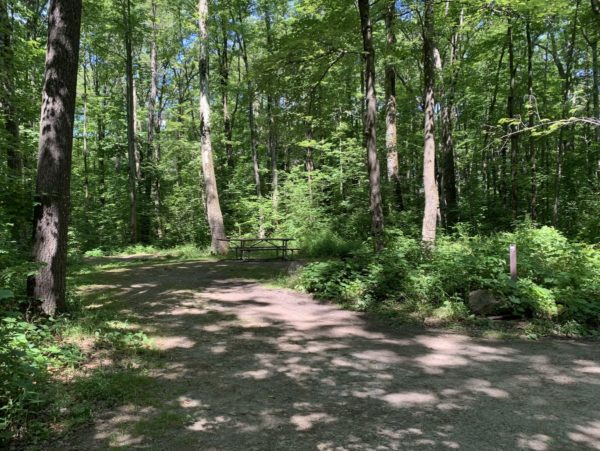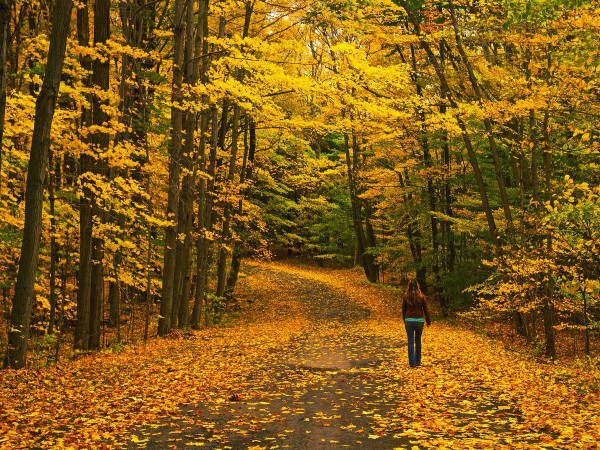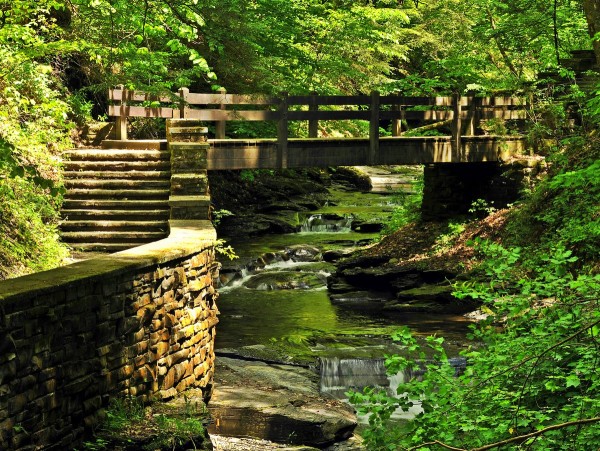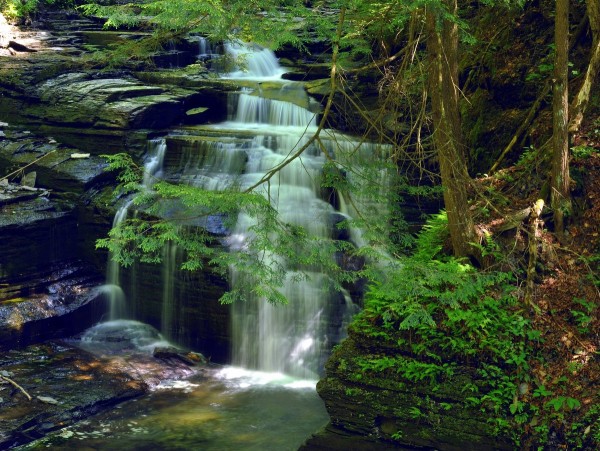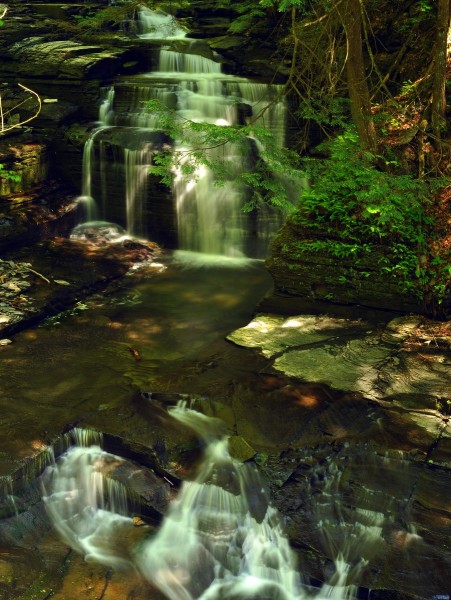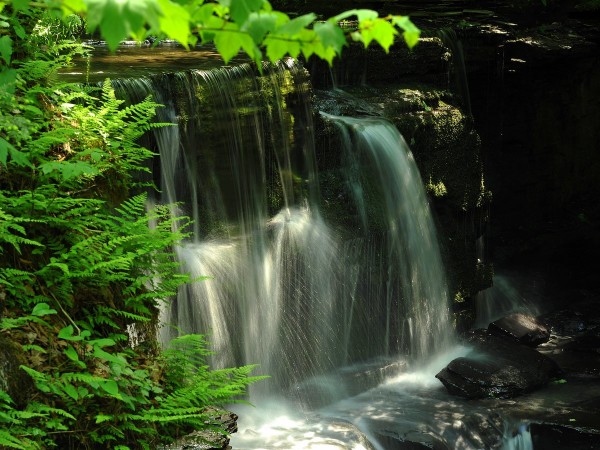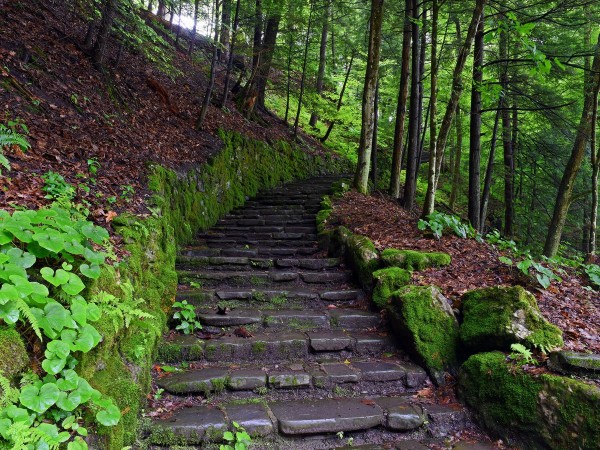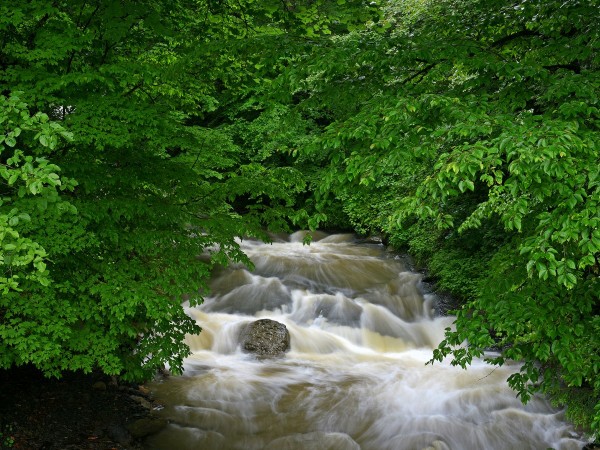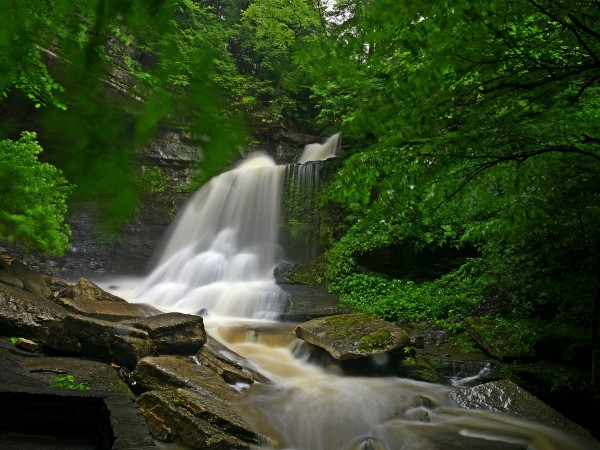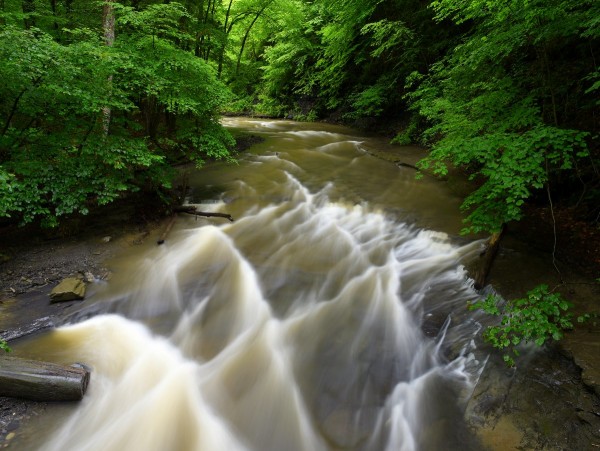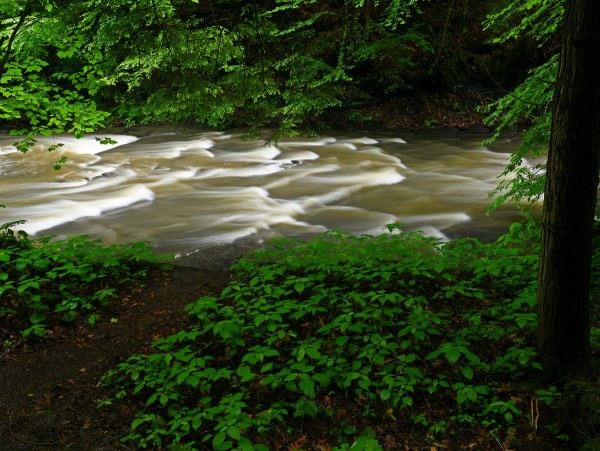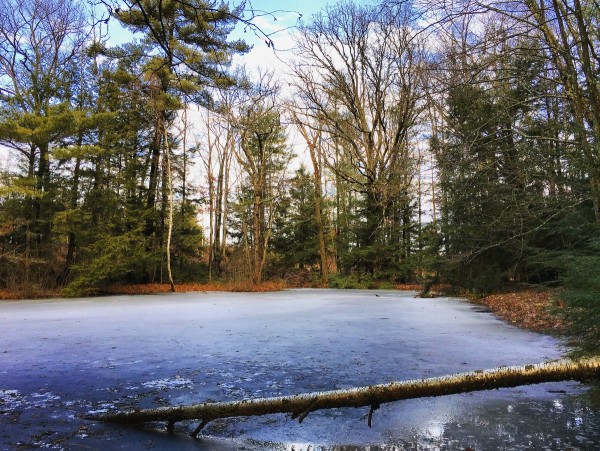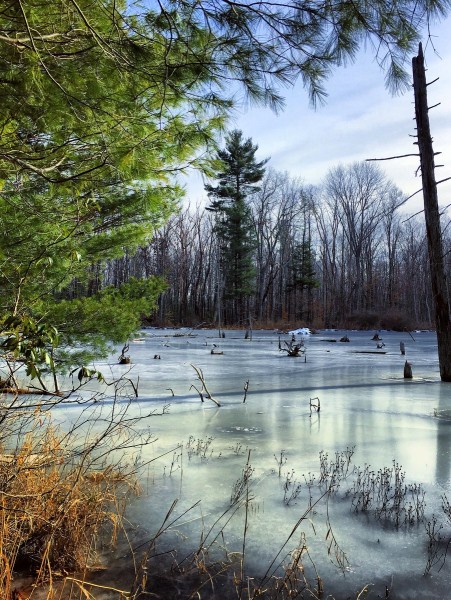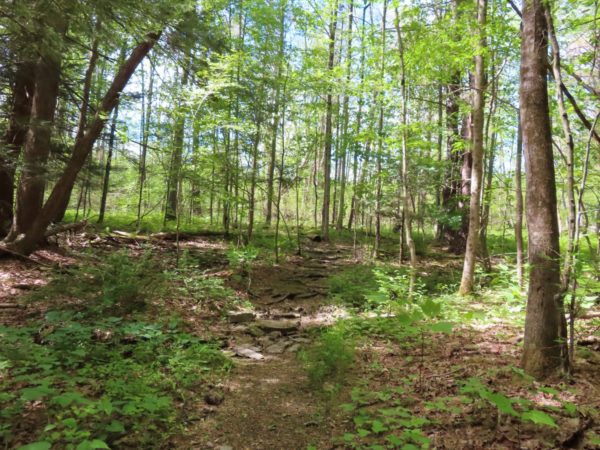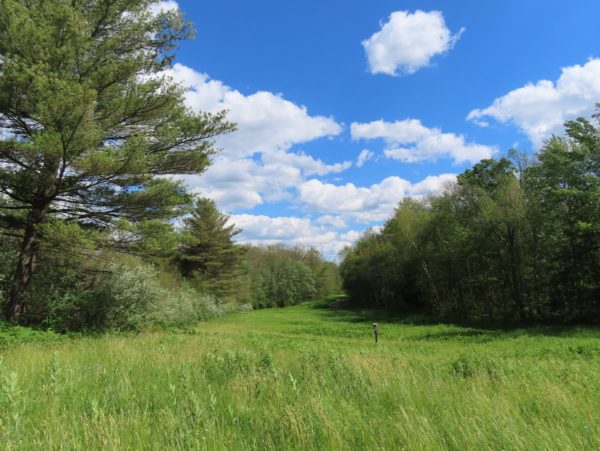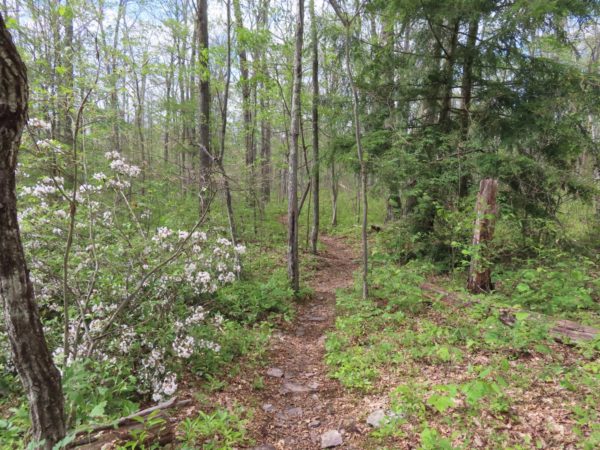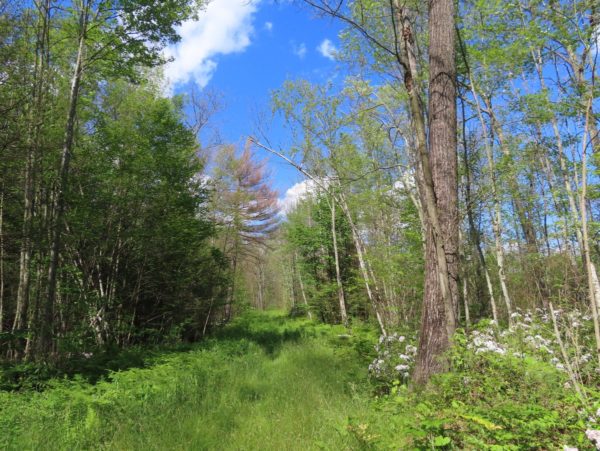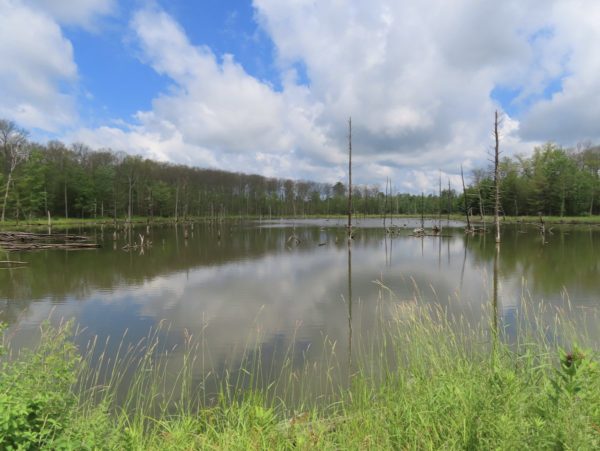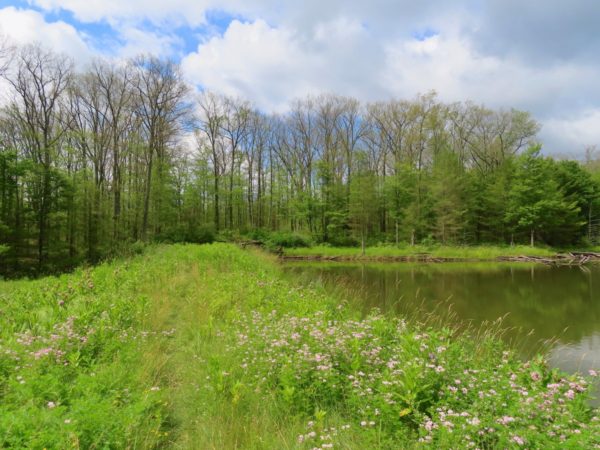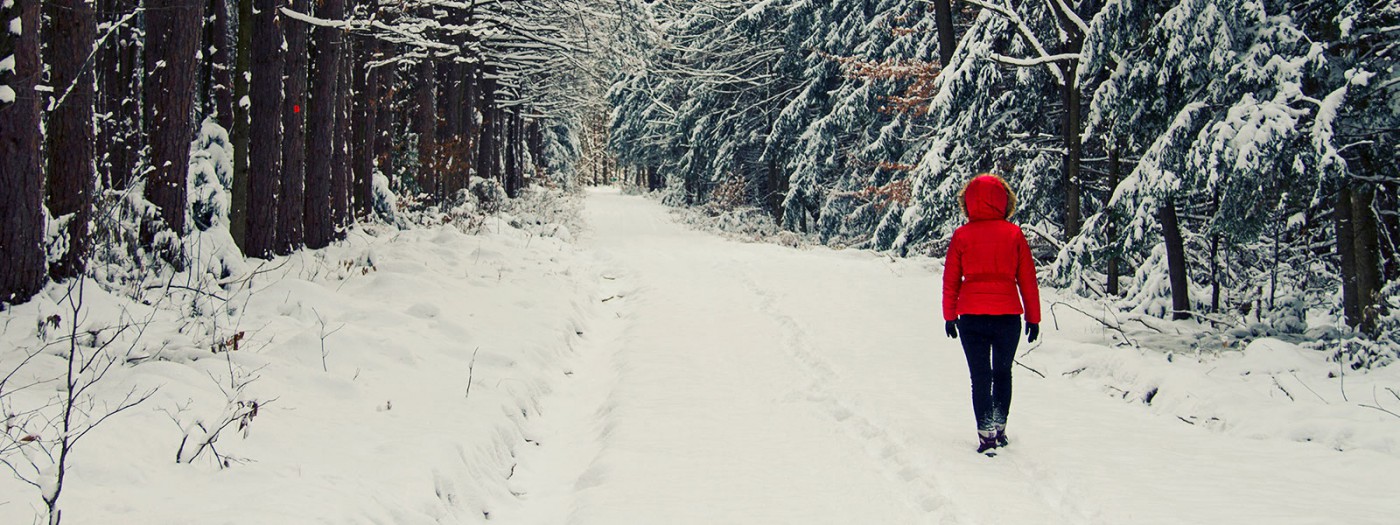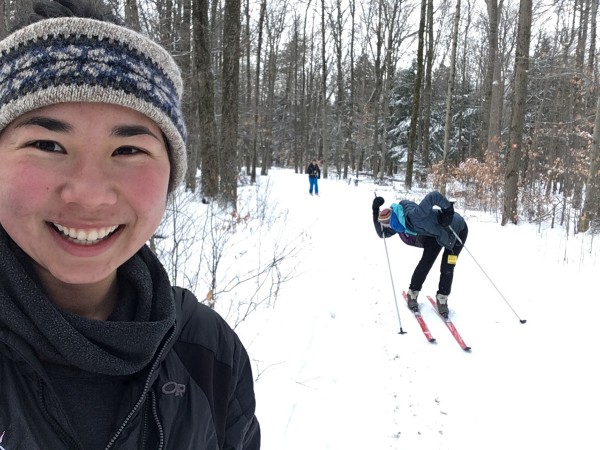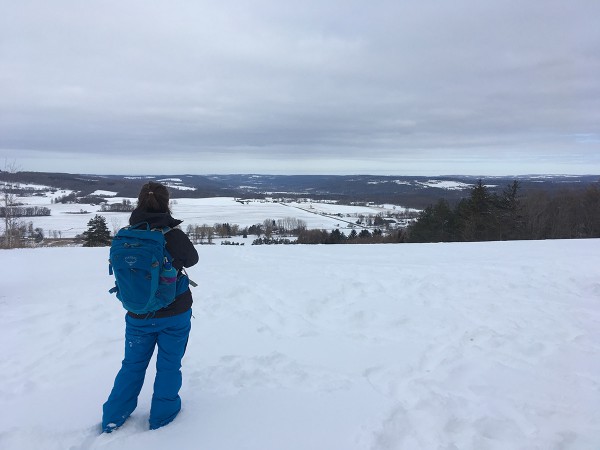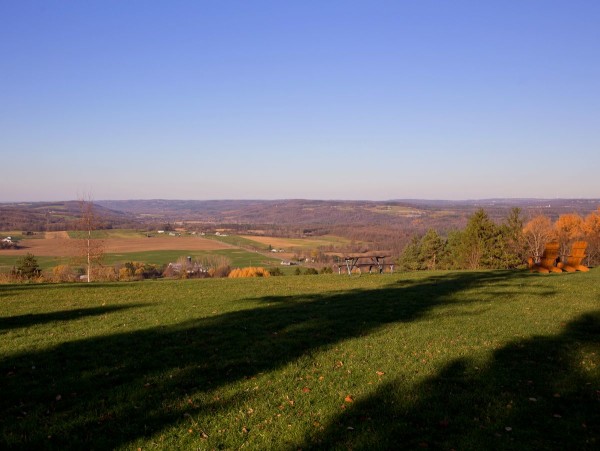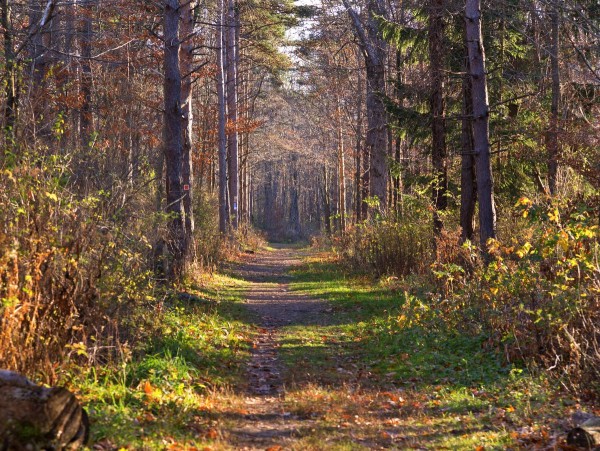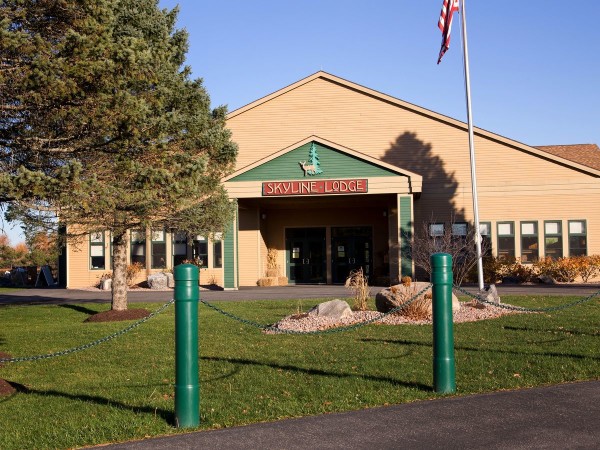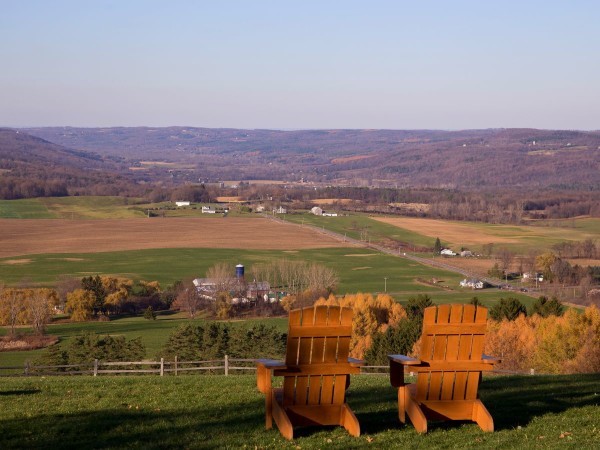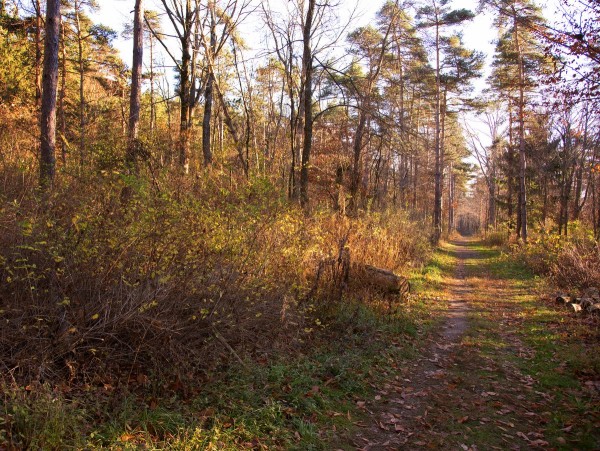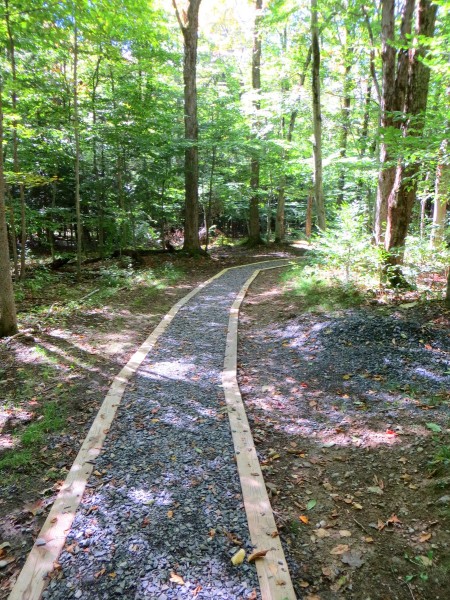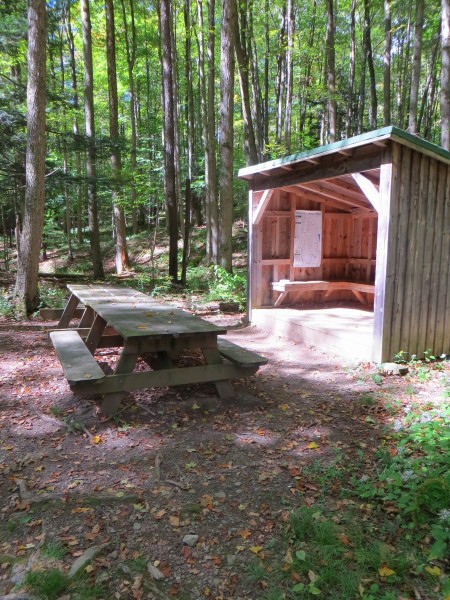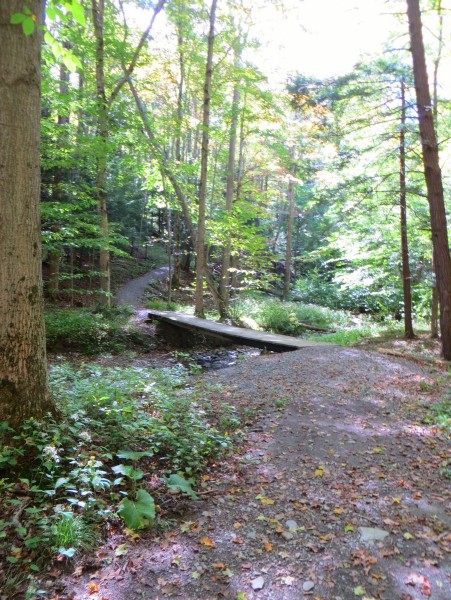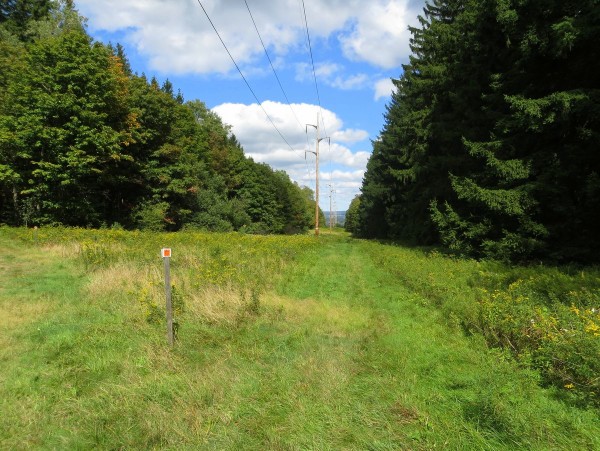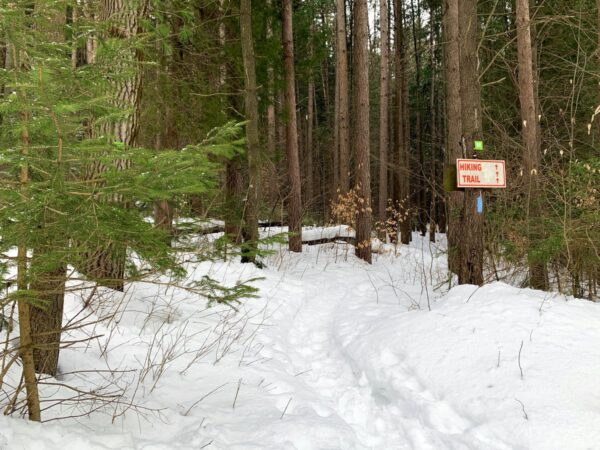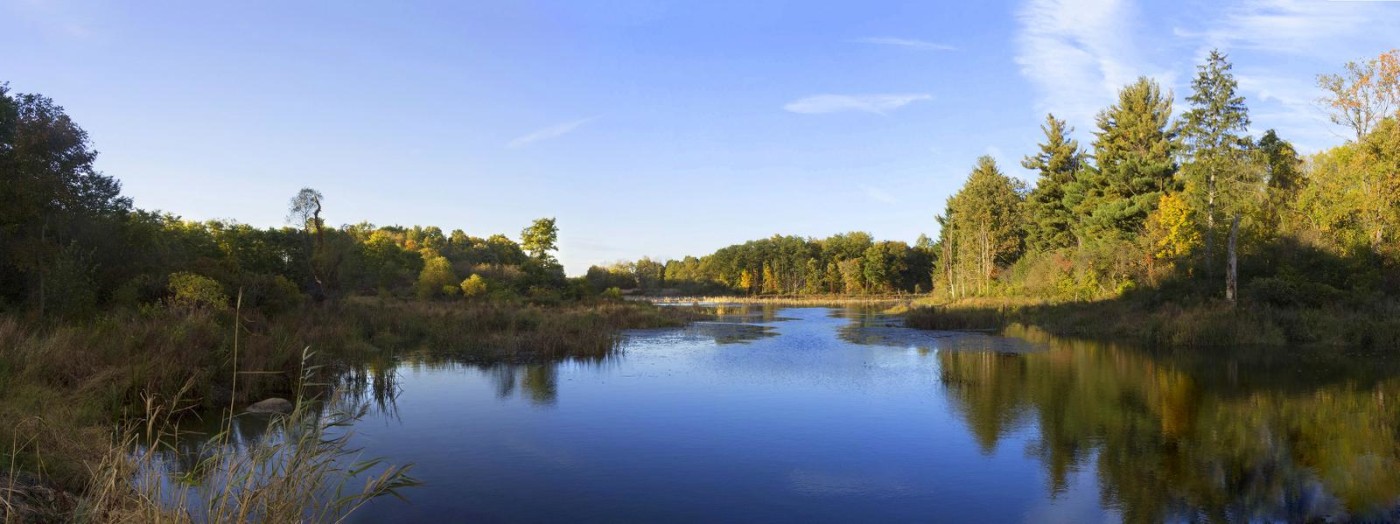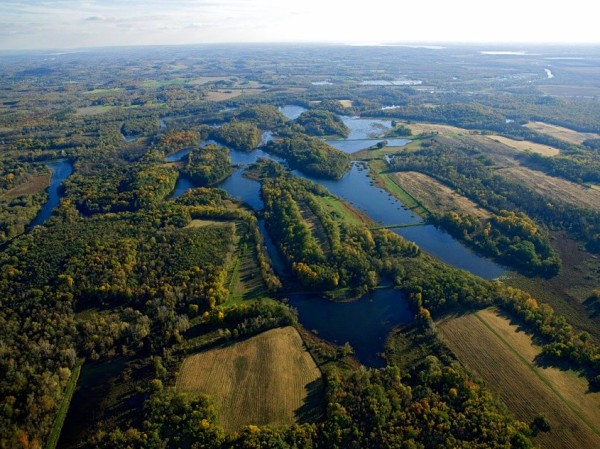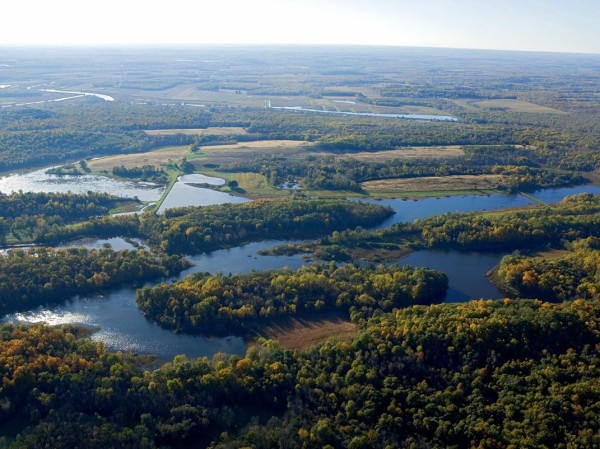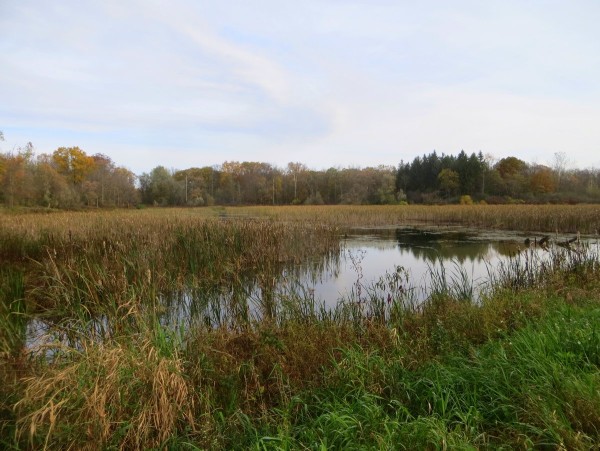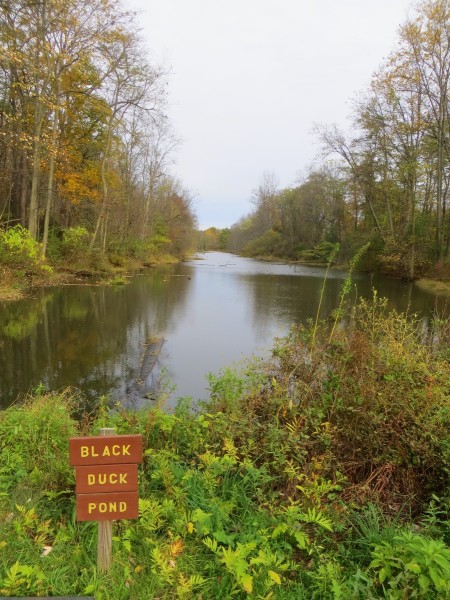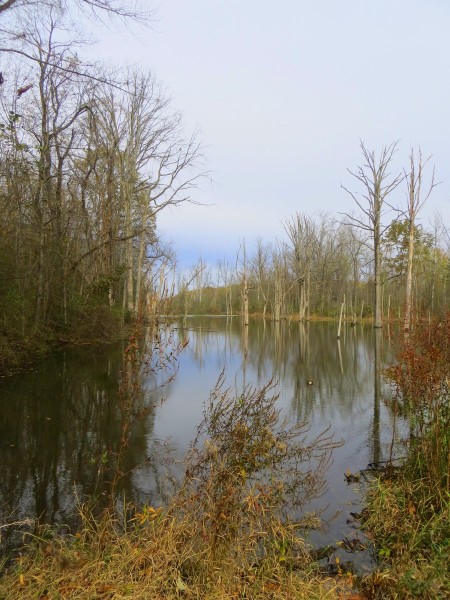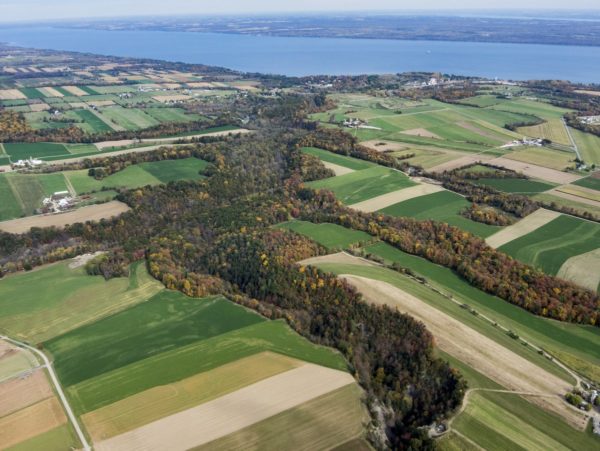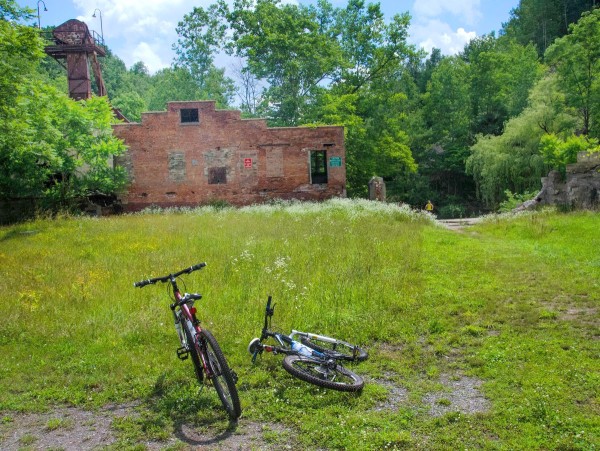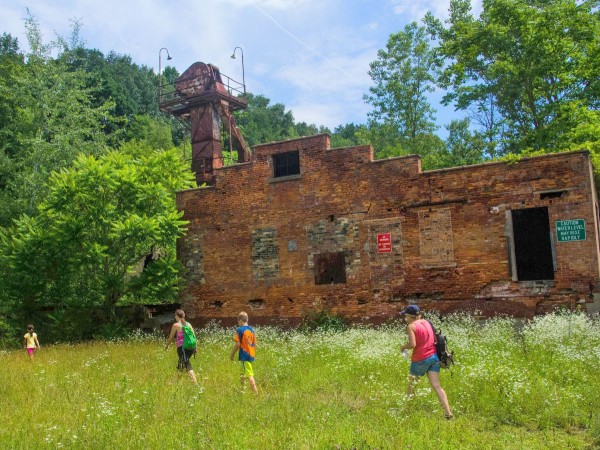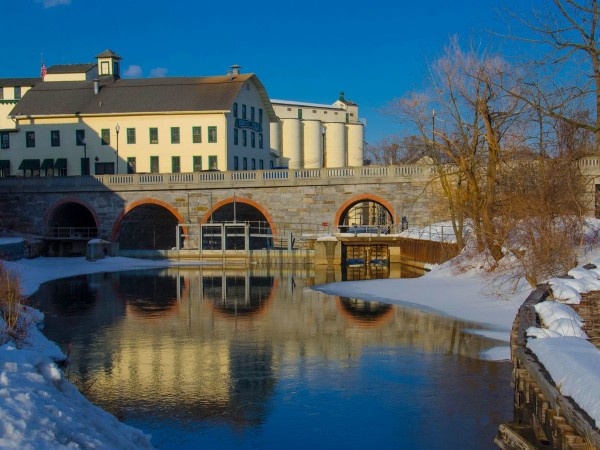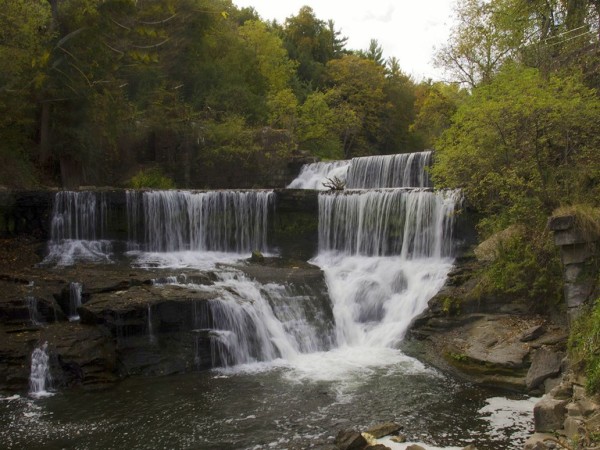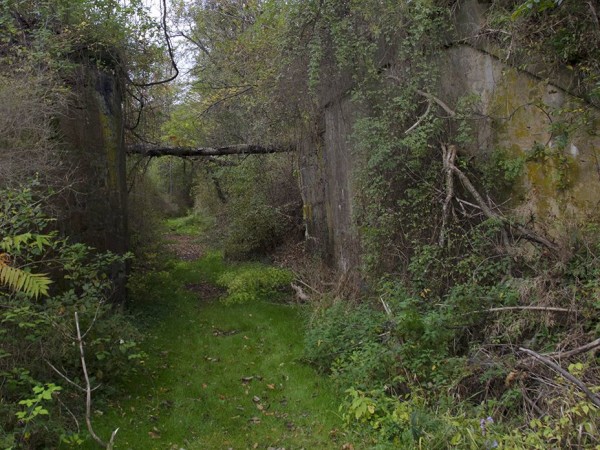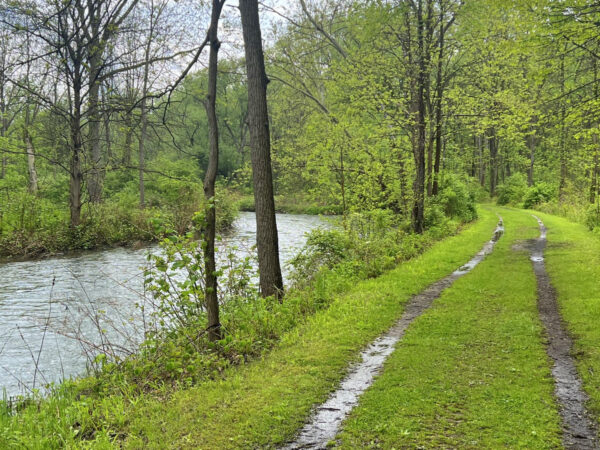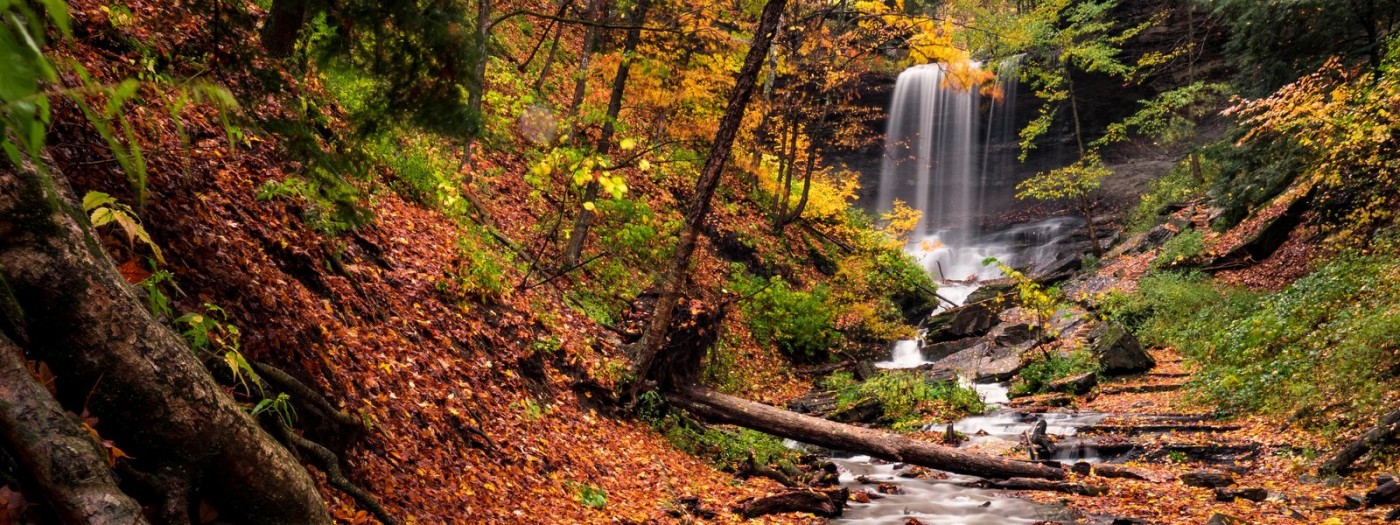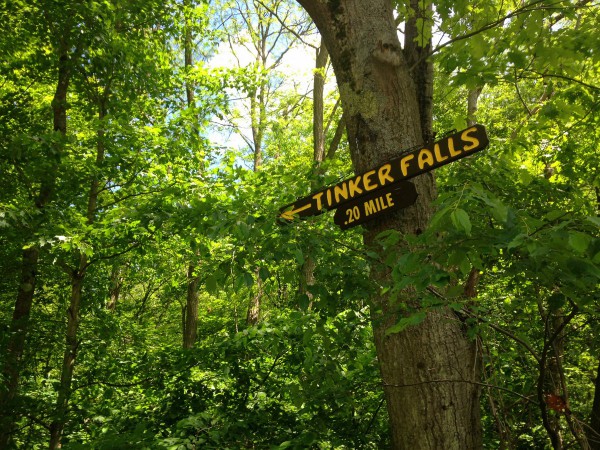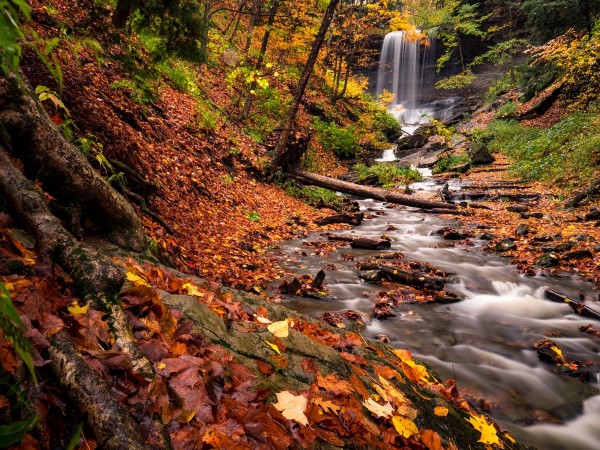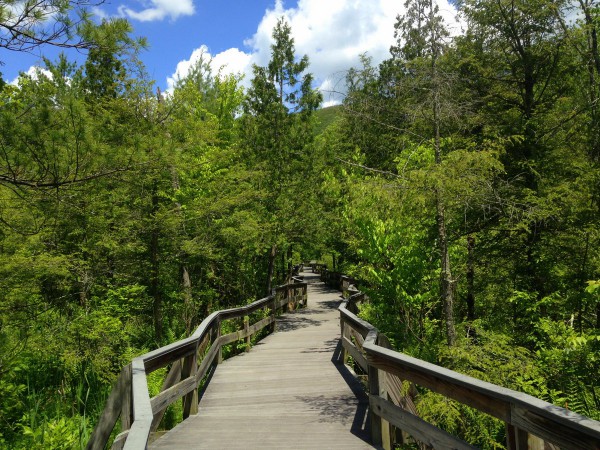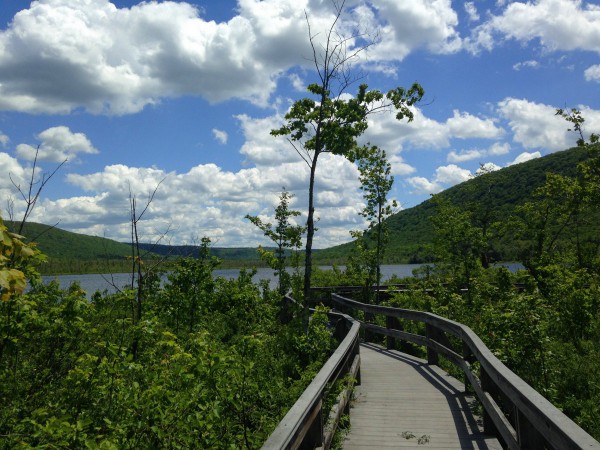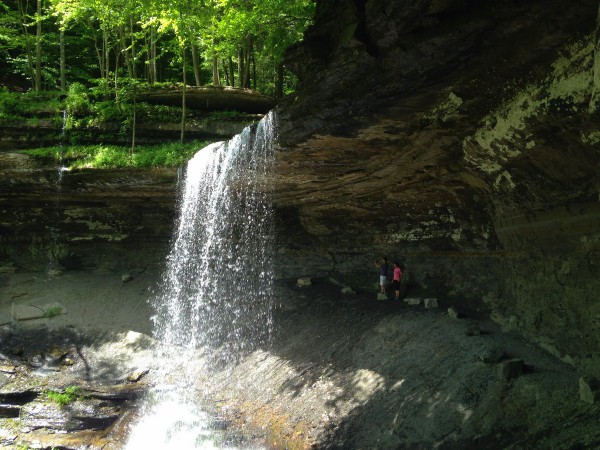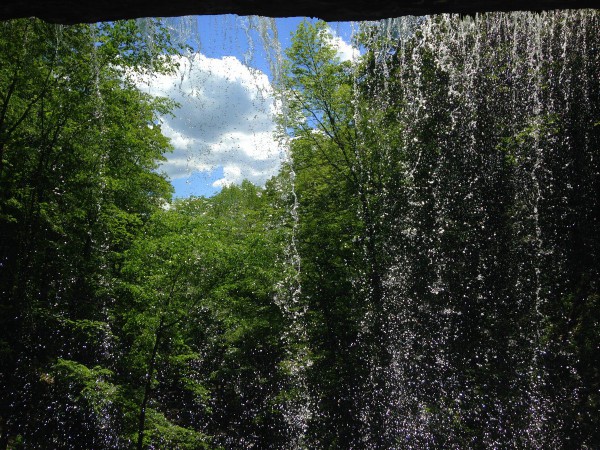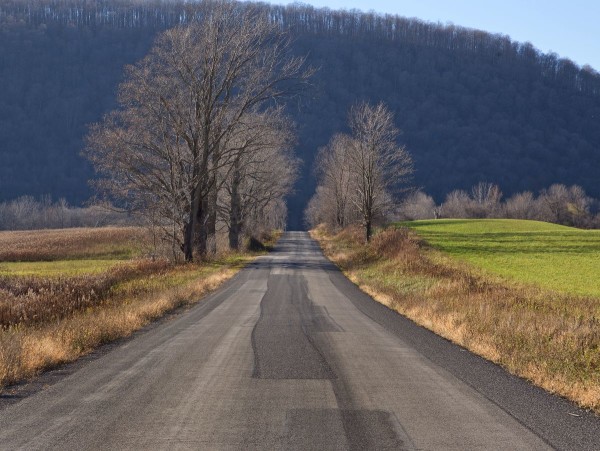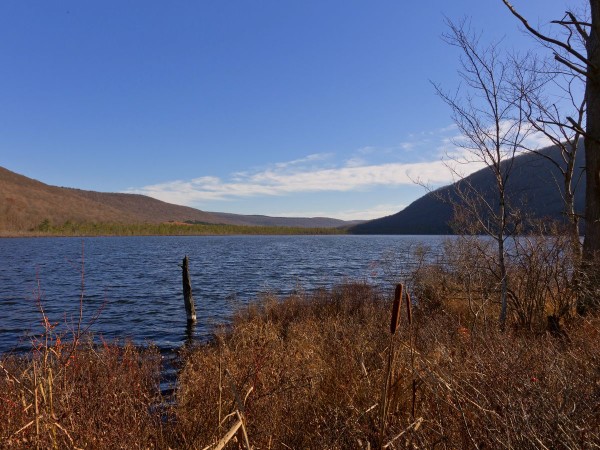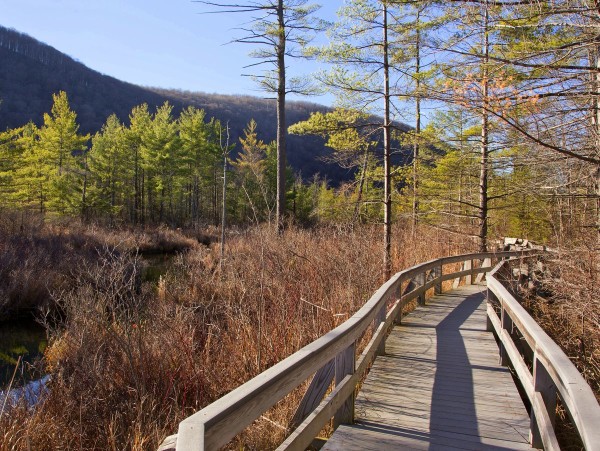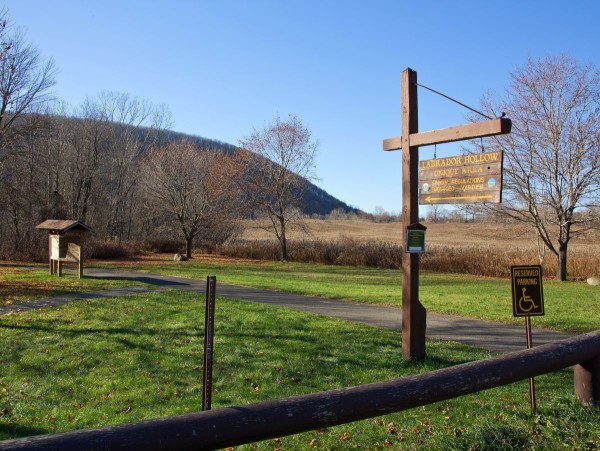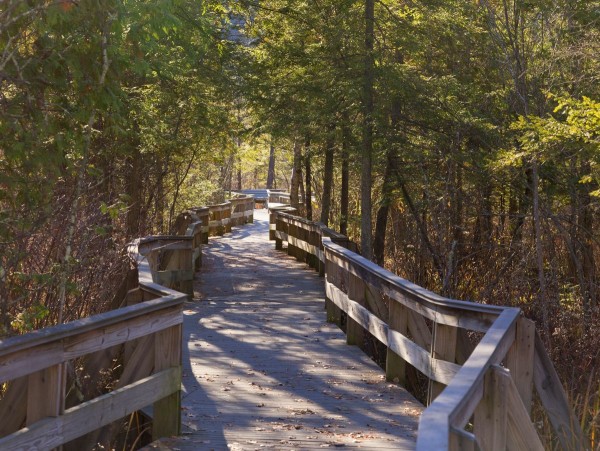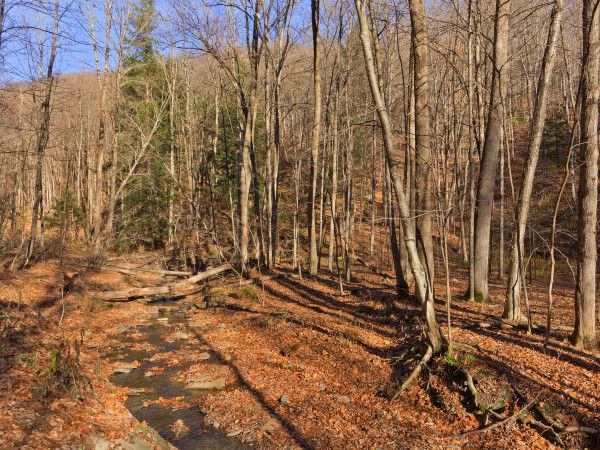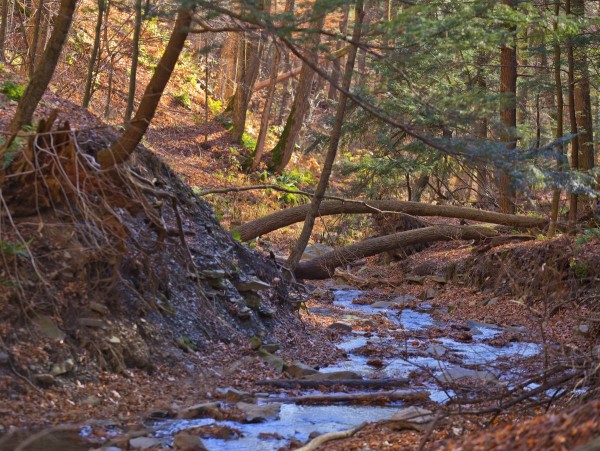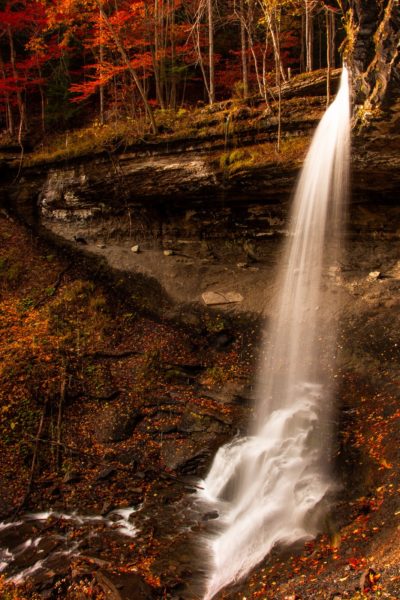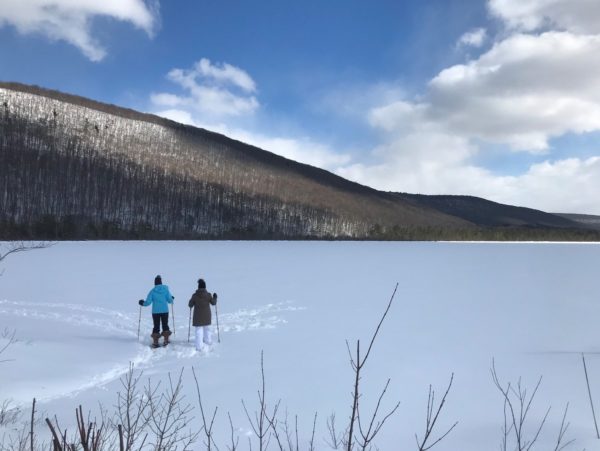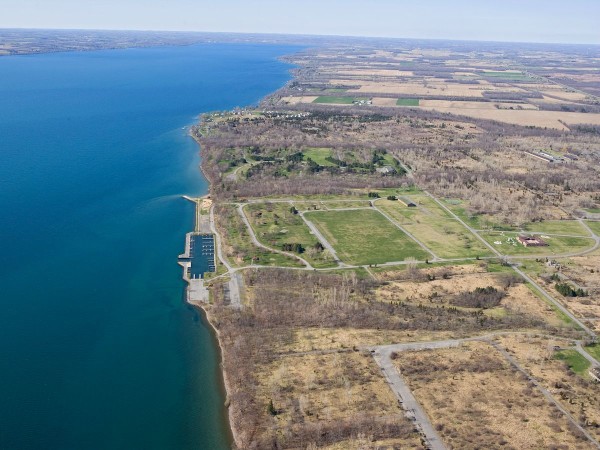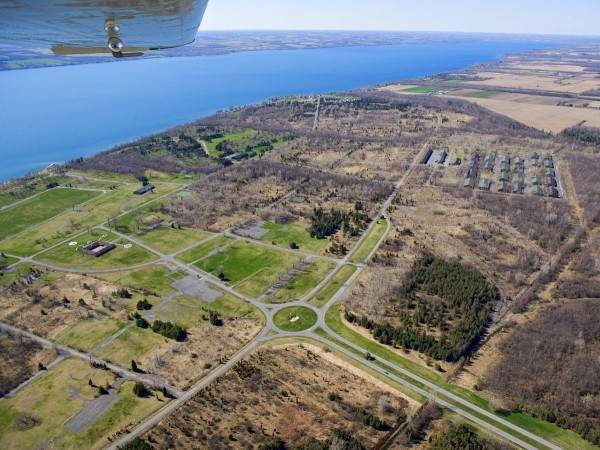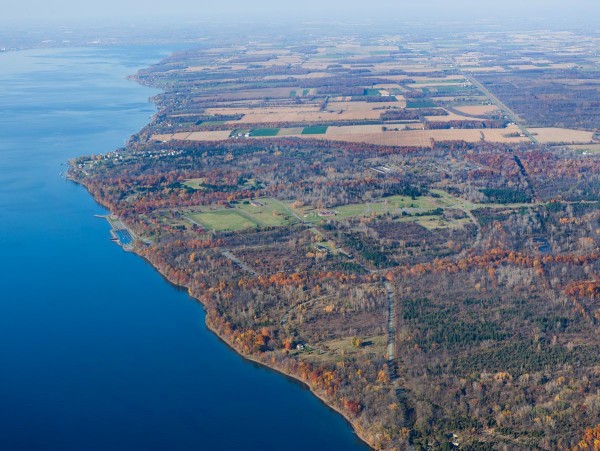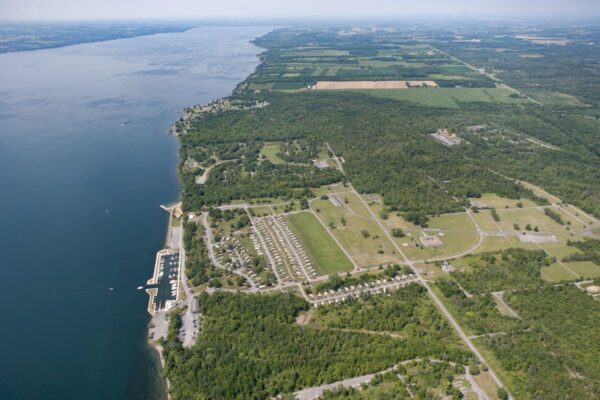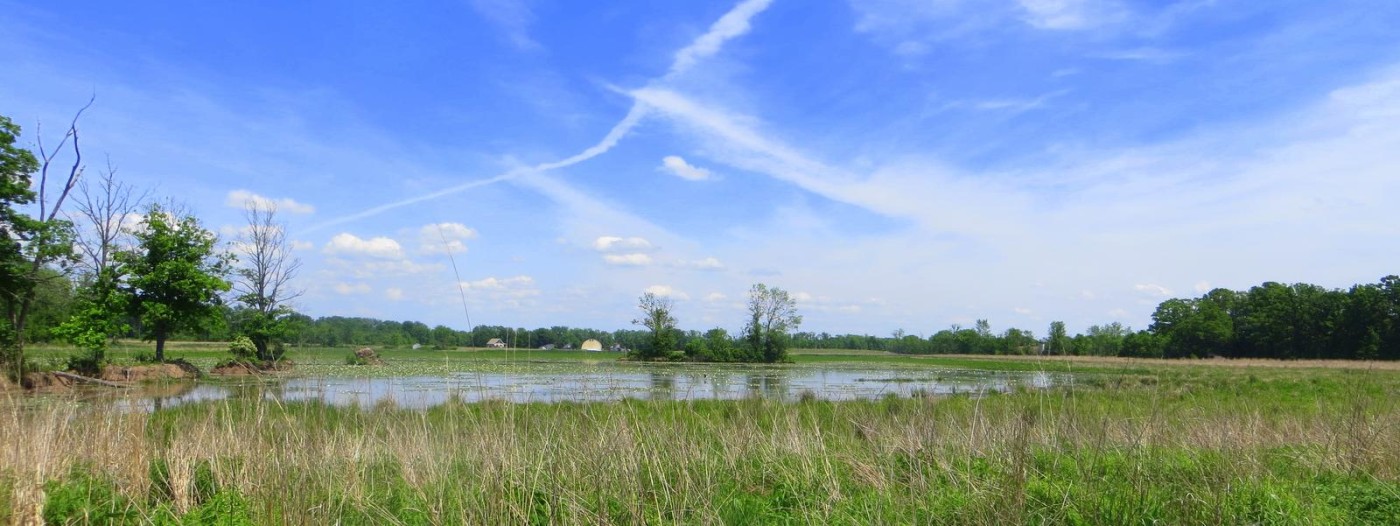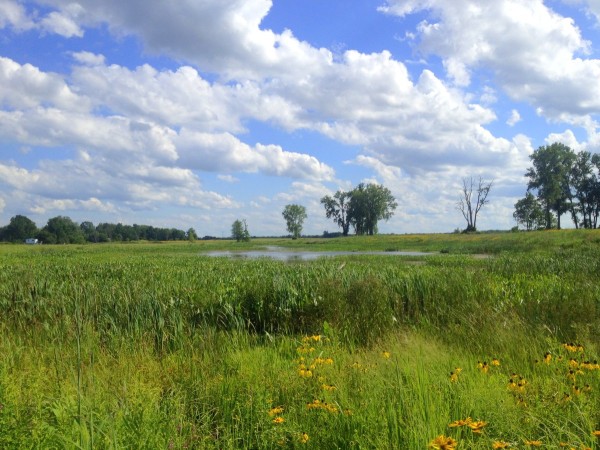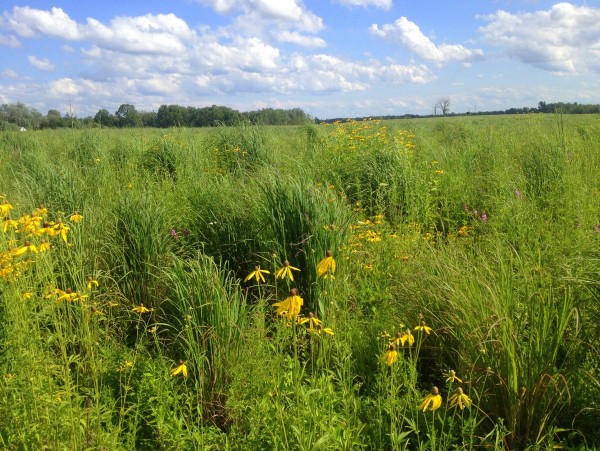There are not many trails with broad scenic views in the Finger Lakes region, but the ones that do exist are high on the must-visit list. Among those trails with a view, the “Jump Off” overlook at Gannett Hill is one of the best. From an elevated platform or within a stone-wall encircled viewing area, the Bristol Valley sprawls across the western horizon in a stunning panoramic vista.
Whether snow-covered, lush with summer’s verdant green, or emblazoned with fall colors, this is a site to see. The view is illustrative of the major influence that glaciers had in sculpting the U-shaped valleys and overly steepened hillsides of the Finger Lakes region. What is even better is that this overlook can also be accessed via a short ADA-accessible path so every member of the family can enjoy the view.
But the lookout is just the beginning of the activities available in the over 400-acre county park. Heading south from the lookout, the dramatic vista accompanies trekkers along their way to where the majority of the extensive trail system unfolds. A vast network of trails, over 10 miles in total, weaves through the woodland and over steepened hillsides of the Bristol Valley.
Trails are laid out in different loops that occasionally connect. Each trail is well marked, has its own color, and also provides an indication of trail difficulty — difficulty being a measure of ruggedness and elevation change rather than distance. All the trails within the park boundaries are multiuse, very well-built, and stable. An accurate color map is available at the admission booth (note: admission and use of the park are free with the exception of camping) and is quite handy when planning which route to take.
The trail network actually extends beyond the park boundaries along the Bristol Hills Trail, a spur of the Finger Lakes Trail. This branch trail snakes its way through several parks, state forests, and wildlife management areas. It totals roughly 55 miles from Gannett Hill in the north to the main Finger Lakes Trail in Mitchellsville to the south. The trails beyond the park boundary are for foot travel only, and you will certainly notice the change as access is through tight V-shaped structures that preclude anything but hikers from passing further.
Here you will find many common community parks features: picnic areas, ball fields, restrooms, play structures, and pavilions; but Gannett Hill goes one step beyond. The park also has numerous campsites and cabins available so a visit could include an overnight trip as well. Book campsites and cabins through their website.

